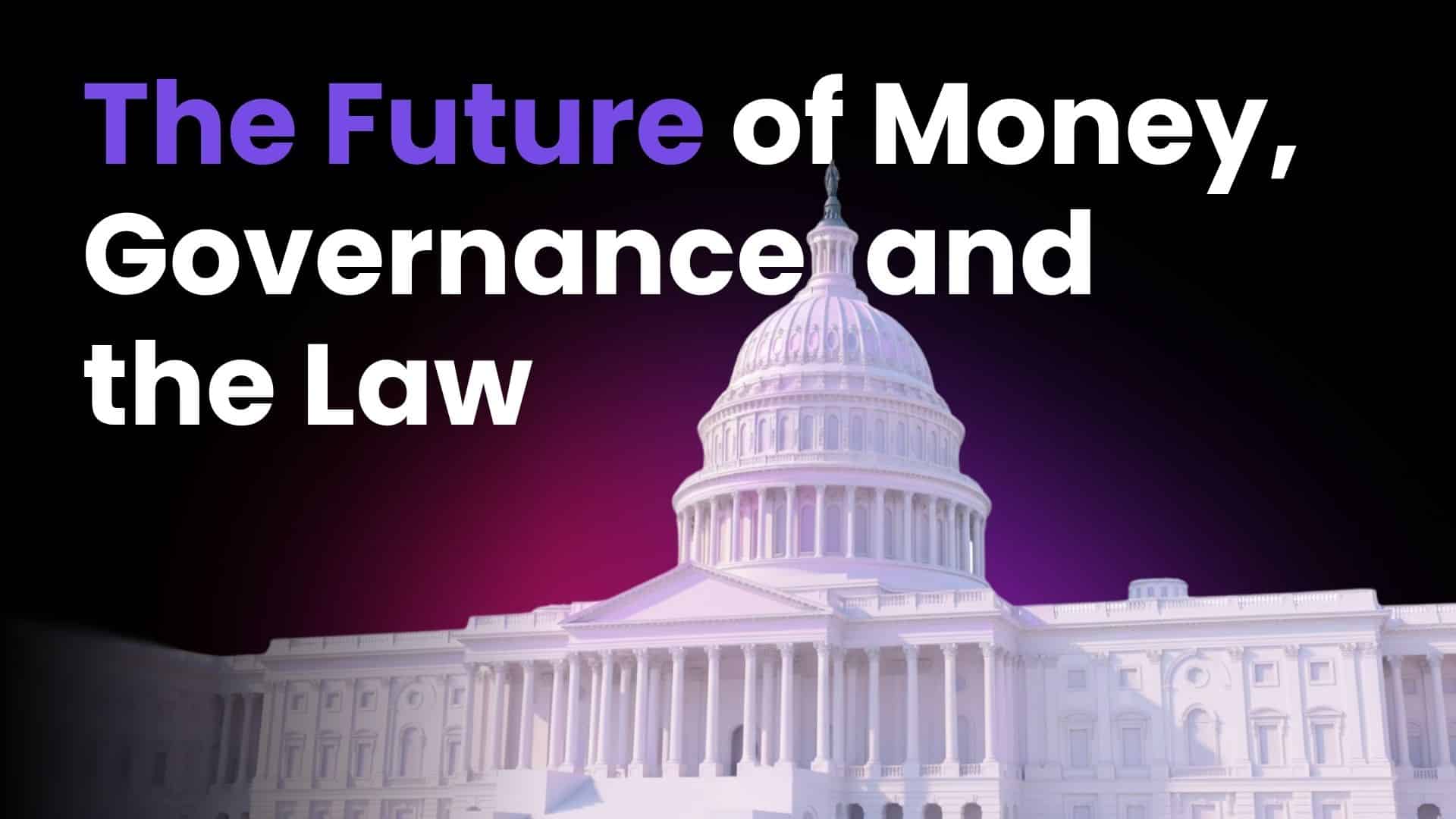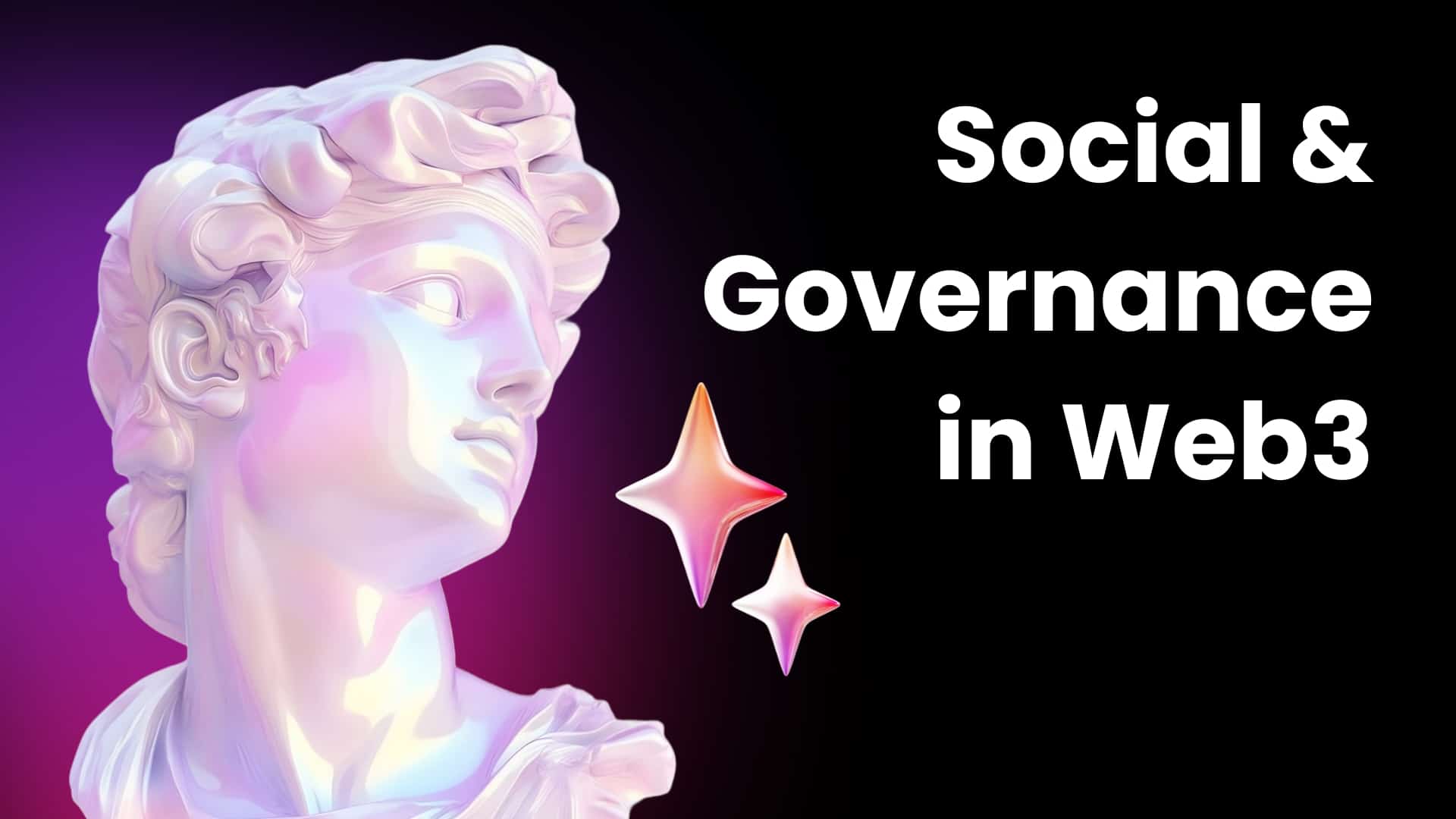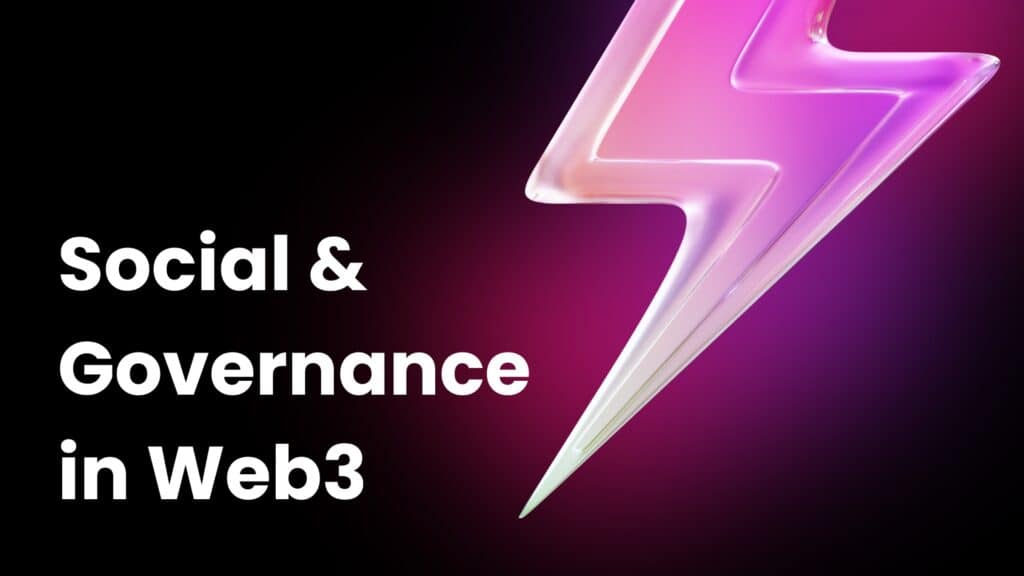

When most people first hear the word Web3, their minds often jump to cryptocurrencies, NFTs, or the metaverse. While these technologies are important, they only scratch the surface of what Web3 really represents. At its heart, Web3 is not just about financial tools or digital assets. It is about people, communities, trust, and the systems that govern how we interact with one another online. The shift from centralized platforms to decentralized networks represents more than a technical change. It is a cultural redefinition of how humans organize, collaborate, and participate in the digital age.
In Web2, trust is placed in intermediaries like corporations, governments, or social media platforms. Reputation is curated through likes, follows, or reviews, and decision making is concentrated in the hands of executives or boards. Donations to charity are processed through layers of intermediaries, often leaving donors unsure of how their contributions are used. These structures create inefficiencies and often foster mistrust.
Web3 changes the equation. Trust is embedded in transparent protocols and immutable blockchain records. Reputation is verified through on-chain identity and proof of participation. Governance is reimagined through DAOs (Decentralized Autonomous Organizations), where decisions are made collectively rather than dictated by centralized authorities. Social platforms are redesigned with financial rewards built directly into participation, creating entirely new economies. Philanthropy becomes transparent, efficient, and trustworthy with blockchain-powered giving.
For Web2 professionals, entrepreneurs, educators, and creators, understanding these changes is vital. They are not abstract concepts but practical systems already reshaping industries, communities, and global collaboration. At AmplifyWeb3.ai and ATTN.LIVE, our mission is to make these ideas accessible, breaking them down into clear explanations that empower individuals to step confidently into the Web3 era.
In this blog we will explore the pillars of social and governance in Web3, explain their importance, highlight real-world examples, and show how Web3ÂI and ATTN.LIVE support individuals transitioning from Web2 to Web3.
In Web2, reputation is often manipulated. A person can purchase followers, fake reviews, or rely on algorithms to boost visibility. Platforms like Facebook, Google, or X (formerly Twitter) act as the ultimate gatekeepers, controlling who gains attention and who remains invisible. These centralized systems make it difficult to distinguish between authentic credibility and manufactured popularity.
Web3 provides an entirely different model by placing reputation on chain. Instead of relying on opaque metrics controlled by corporations, individuals build verifiable digital identities tied to their contributions and actions. On-chain reputation is transparent, permanent, and cannot be easily manipulated.
An on-chain identity—often referred to as a decentralized identifier—becomes the foundation of your Web3 reputation. Unlike traditional login credentials owned by corporations, a decentralized identity is tied to your blockchain wallet and belongs solely to you. Every action associated with that identity, such as voting in a DAO, minting an NFT, or participating in an event, becomes part of a public record.
Proof of participation reinforces this. Through tools like POAPs, individuals collect verifiable digital badges whenever they contribute to projects, attend events, or engage in communities. These records create a transparent, tamper-proof resume that demonstrates real involvement.
Projects like BrightID create decentralized trust networks, preventing fake accounts by verifying relationships without central control. Proof of Humanity registers humans on chain to ensure fairness in governance, making it harder for bots or duplicates to influence decisions. Gitcoin Passport evaluates the trustworthiness of contributors to determine eligibility for funding open-source projects.
At AmplifyWeb3.ai, we guide learners in building blockchain-backed reputations. By helping educators, creators, and entrepreneurs document their contributions on chain, we make authenticity and accountability accessible for anyone entering the Web3 space.
Traditional organizations concentrate decision-making power in the hands of a few. Whether it is a board of directors, corporate executives, or political leaders, choices that affect thousands or millions are often made behind closed doors. In Web3, DAOs transform this system by placing decision-making power directly in the hands of the community.
A Decentralized Autonomous Organization is not controlled by a single authority. Instead, it operates through smart contracts and token-based governance. Rules are coded into the blockchain, and every decision is executed transparently.
Members of a DAO hold tokens that grant voting rights. The more tokens a person holds, the greater their influence in decision-making. Proposals are submitted to the community, votes are recorded on chain, and outcomes are automatically executed without the need for intermediaries.
Examples include Uniswap DAO, one of the largest in existence, where token holders vote on upgrades to its decentralized exchange. Friends With Benefits, a cultural DAO, empowers creatives to shape events and partnerships collaboratively. Philanthropy DAOs pool resources and allow members to vote on charitable initiatives, ensuring transparency and fairness in giving.
ATTN.LIVE supports these principles by allowing voices to be minted as NFTs. This innovation adds authenticity to participation, ensuring that contributions to governance are both permanent and verifiable.
In Web2, social media platforms profit massively from user-generated content. Creators provide value, but platforms like Instagram, TikTok, or Facebook capture most of the revenue. Algorithms determine visibility, and creators often struggle for recognition and fair compensation.
Web3 introduces SocialFi (Social Finance), which reimagines the relationship between social engagement and financial reward. In this model, creators and communities directly own the value they produce.
Creator tokens allow fans to invest in individuals, unlocking rewards, access, or exclusive experiences. Community rewards ensure that engagement such as likes, shares, and comments translates into tokenized value. Censorship resistance ensures that decentralized platforms cannot arbitrarily ban users or manipulate content.
Projects like Friend.tech enable creators to tokenize their influence, letting fans invest directly in their social presence. Lens Protocol builds decentralized social graphs where users own their data, followers, and content, ensuring control remains with the individual rather than the platform.
At Web3ÂI, we educate creators and entrepreneurs on how to leverage SocialFi tools to monetize their communities effectively. By simplifying access to these platforms, we ensure Web2 professionals can confidently embrace this new model.
Philanthropy has always faced a challenge: trust. Donors wonder where their money goes, how much reaches beneficiaries, and whether organizations are truly accountable. Traditional systems often involve multiple intermediaries, reducing efficiency and transparency.
Blockchain introduces radical change by embedding transparency and accountability directly into the giving process.
Every donation made on chain is visible, immutable, and traceable. Funds can move directly from donors to beneficiaries without bureaucratic overhead. Smart contracts automate accountability, releasing funds only when conditions are met, such as project milestones or verified distribution.
Organizations like The Giving Block empower nonprofits to accept crypto donations and ensure transparency in how contributions are used. Binance Charity publishes every donation and disbursement on chain, setting a standard for accountability in disaster relief and global aid.
ATTN.LIVE enhances this process by minting stories and campaigns into NFTs, combining transparency with purpose-driven storytelling. Donors not only see where funds go but also connect emotionally with the narratives behind each campaign.
For many newcomers, Web3 feels overwhelming. Jargon like tokenomics, DAOs, or NFTs can seem inaccessible. That is where Web3ÂI and ATTN.LIVE play a critical role.
Web3ÂI specializes in breaking down complex concepts into easy-to-understand lessons. Through step-by-step guides, workshops, and practical applications, we empower learners to grasp the fundamentals of Web3 quickly.
ATTN.LIVE complements this by turning voices into NFTs, enabling creators, educators, and leaders to own and share their content transparently. Together, these platforms ensure Web2 professionals do not just adapt to Web3 but thrive in it.
Looking ahead, the influence of Web3 will extend far beyond its current applications. Universities may issue NFT diplomas tied to blockchain-verified reputations (MIT has already experimented with blockchain diplomas). Companies could adopt DAO-style decision making to ensure fairness and transparency in the workplace. Social media platforms will reward users with tokens instead of likes, shifting value directly to participants. Nonprofits will embrace blockchain to guarantee accountability in philanthropy.
This future represents more than a technological evolution. It is a cultural transformation in how humans build trust, organize, and collaborate across digital spaces.

Why does reputation matter in Web3?
Reputation ensures authenticity. On-chain history provides verifiable proof of contributions, creating trust in decentralized environments.
Can anyone join a DAO?
Most DAOs are open to anyone with governance tokens. This inclusivity builds diverse and empowered communities (Ethereum DAO basics).
What makes SocialFi different from Instagram or TikTok?
Unlike Web2 platforms, SocialFi directs rewards to creators and participants rather than corporations. Value flows where it is earned.
How does blockchain improve philanthropy?
Blockchain ensures that every donation is visible, immutable, and auditable, eliminating fraud and increasing donor confidence.
Is Web3 beginner friendly?
Yes. With educational platforms like Web3ÂI and tools like ATTN.LIVE, beginners can learn step by step without being overwhelmed.
Will DAOs replace traditional companies?
While DAOs will not fully replace corporations, hybrid models will emerge, incorporating DAO principles to enhance fairness and inclusion.
How can educators benefit from Web3?
Educators can tokenize learning materials, issue verifiable NFT credentials, and engage students transparently, creating new teaching models.
What risks exist in DAO governance?
Low voter turnout, concentration of tokens among large holders, and smart contract vulnerabilities are risks. However, these challenges are actively being addressed (see Harvard JOLT on DAO risks).
What role does storytelling play in governance?
Storytelling adds humanity to governance. Platforms like ATTN.LIVE demonstrate that voices and stories can directly shape participation and decision making.
How soon will Web3 governance become mainstream?
Faster than most expect. As regulations stabilize and platforms mature, adoption will spread across industries within this decade.
The shift from Web2 to Web3 represents more than an upgrade in technology—it is a profound reimagining of how people build trust, make decisions, and create impact together. At its core, Web3 is not about abstract technical jargon like blockchains, tokens, or smart contracts. Instead, it is about human beings reclaiming agency in the digital world. It is about communities taking center stage in shaping the platforms, governance systems, and economies that define their lives online.
In Web2, the most valuable resource—human attention—was harvested and monetized by corporations. Likes, shares, and comments translated into billions in revenue, but only a fraction reached the creators and communities that generated the value in the first place. Web3 flips this narrative. It transforms participation into ownership, engagement into equity, and contribution into reputation that is verifiable and permanent. Trust is no longer outsourced to opaque algorithms or corporate boards; it is encoded directly into transparent protocols and decentralized records.
This matters because trust has always been the foundation of progress. Communities thrive when they can believe in the fairness of their systems and the integrity of their peers. By anchoring reputation on chain, Web3 ensures that credibility must be earned, not bought. By shifting governance to DAOs, it empowers collective decision-making where every voice counts, not just those at the top. By introducing SocialFi, it rewards communities directly, ensuring value flows back to the people who create it. By embedding philanthropy into transparent ledgers, it eliminates the age-old skepticism around where donations go and whether they make a difference.
The implications reach far beyond early adopters. Imagine classrooms where educators issue NFT diplomas that cannot be forged, and students build on-chain reputations that showcase real participation and skills. Envision companies adopting hybrid governance models inspired by DAOs, where employees feel genuine ownership in the direction of their workplace. Picture a nonprofit sector where every donation is tracked, milestones are tied to smart contracts, and stories are minted as NFTs to inspire ongoing support. Consider a digital culture where creators no longer chase algorithmic whims but instead design meaningful relationships with communities that truly invest in them.
This is where platforms like AmplifyWeb3.ai and ATTN.LIVE become indispensable. For educators, creators, entrepreneurs, and professionals making the leap from Web2 to Web3, the learning curve can be steep. Jargon can intimidate, and the noise of hype cycles can distract from genuine innovation. AmplifyWeb3.ai simplifies the complex, turning buzzwords into actionable insights that empower people to build confidently. ATTN.LIVE, meanwhile, transforms voices into verifiable assets, reminding us that storytelling, authenticity, and human connection remain at the heart of every great movement. Together, these platforms ensure that communities are not left behind but equipped to thrive in this new paradigm.
The future of Web3 will not be defined by technology alone but by the communities who wield it. Blockchain is the canvas, but it is human collaboration, creativity, and governance that paint the masterpiece. The tools are here: verifiable reputation systems, decentralized governance, SocialFi platforms, transparent philanthropy. The question is how boldly communities will embrace them.
As adoption accelerates, challenges will surface—regulation, scalability, and inclusivity chief among them. Yet history shows that every wave of innovation brings both obstacles and opportunities. The difference with Web3 is that the power to shape solutions rests not only in the hands of corporations or governments but in the communities themselves. This democratization of trust and governance marks a cultural transformation as significant as the invention of the internet itself.
In closing, Web3 is not simply about replacing old systems with new ones. It is about re-centering people, voices, and communities in the digital age. It is about remembering that technology serves us best when it amplifies human values: fairness, transparency, inclusion, and trust. With Web3ÂI and ATTN.LIVE, individuals and organizations are not just passengers on this journey—they are pioneers, shaping the contours of a more equitable digital future.
At its heart, Web3 reminds us of a timeless truth: technology is only as powerful as the communities it serves. The real innovation is not blockchain, not tokens, not smart contracts—it is the rediscovery that when communities come together with trust and shared purpose, they can reshape the world.